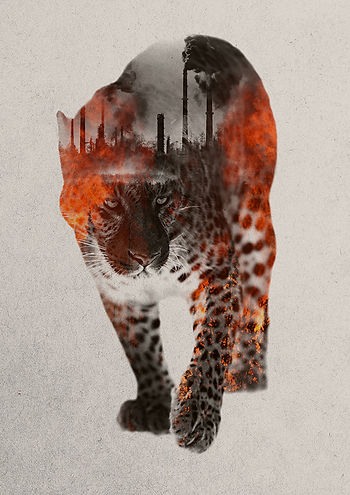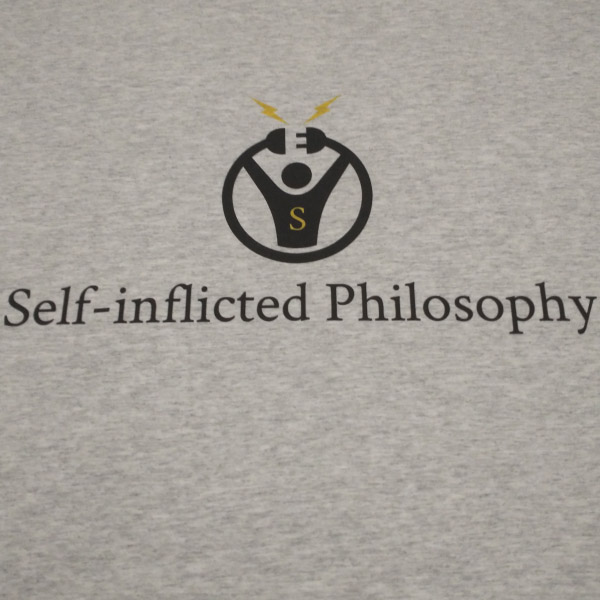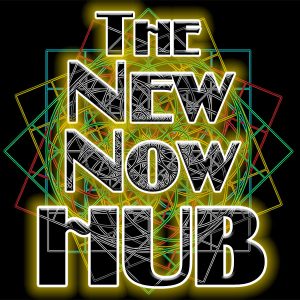By Gary Z McGee
“What should I do about the wild and the tame? The wild heart that wants to be free, and the tame heart that wants to come home.” ~Jeanette Winterson
We all wrestle with the clash between our outer domesticated animal and our inner wild animal. Our need for comfort and our need for adventure are often at odds. Often our timidity smothers our courage. Sometimes the battle is furious. Sometimes it’s injurious. Sometimes it’s even spurious. All the time it’s curious.
Most of us are at odds with our inner wildness. The beast inside is often ignored, or worse, repressed. Such ignorance and repression can lead to a demonization of our primal nature. Our inner sanctum becomes a warzone. But it’s a war of attrition and no matter which side wins, the only loser is the Self.
So, what do we do? If wholeness is our goal, then sacred alignment is the only way. We must join forces. We must come to understand our wildness as much as we understand our domestication. We must stretch our comfort zone into uncomfortable places.
What should we do about the tame?
“To put everything in balance is good, to put everything in harmony is better.” ~Victor Hugo
Being tame has its bonuses. We get creature comforts galore. Soft beds. Fluffy pillows. Couches that turn into beds with fluffy pillow cushions. We get safety, security, luxury. We get cultural reassurance and encouragement. We get to pet puppies and cuddle with kittens. We get protection from the elements. We get to raise our kids without fear of a rabid wolf or crazed grizzly storming in and stealing them for a snack.
We get to curl up into a soft chair and read a book. We get lights without fire. We get food without sacrifice. We get cold air even when it’s hot, and vice versa. We get to fill our comfort zone with more and more things, things, things.
But when is it too much? When have we gone too far in our excess? How do we gauge such a thing? How do we know if we’re stuck in our comfort zone? What does it mean to put everything in balance? What does it mean to put everything in harmony? Who decides?
The short answer is you decide. The long answer is you better hope your decision is in alignment with the universal laws that dictate health.
Because health is the benchmark. It’s foundational, the core of universal law. And moderation is health’s secret decoder ring. Without this benchmark, we cannot discern what is useful from what is not useful. Without this benchmark, we cannot discern when we’ve gone too far in our domesticated bliss.
When we use health as a benchmark, we realize that health is not a matter of opinion. Rather, it is dictated by an indifferent universe with universal laws that apply to us all, despite our interests, biases, opinions, or beliefs. And this applies to us not only physically, but mentally and spiritually as well.
But health will only get us so far. It can teach us moderation and temperance. But it won’t get us outside the box, the comfort zone, the domesticated bliss, the indoctrination, the cultural conditioning, or the dogmatic mental paradigm. Only audacity and courage can do that.
What should we do about the wild?
“In wildness is the preservation of the world.” ~Henry David Thoreau
Wildness is freedom. There’s no better definition. When we’re in touch with our wildness, we are in touch with the freest aspect of ourselves. It tends to be counterculture. It tends to be nonconformist. And rightly so. For wildness must defend itself against being controlled, domesticated, and tamed. It must defend its own freedom, or all is lost.
Luckily, as human beings, we have the option of being both wild and tame, both crazy and sensible, both fierce and gentle. We contain multitudes. And the wild within us only seeks to keep those multitudes optional.
Problems arise from excess. Excessive culture. Excessive domestication. Excessive control. Excessive tidiness. Excessive pacification. When anything becomes excessive it smothers wildness. It smothers freedom.
So, what should we do about the wild? We should honor it. And the best way to do that is through the integration of the shadow. And the best place to do that is in solitude and meditation, away from the things of man, where a sacred space can be made to leverage the creative energies of the ancient past (the wild) with the updated future (the tame).
Someone once asked Jung, “How do you find your shadow?” He replied, “How do you find the dragon that has swallowed you?”
The only way to find the dragon that has swallowed us is to enter the wound that consumes us. In short: we study our own darkness, our repressed dark side. We slip through the cracks of our comfort zone and enter the cave of our pain. There, we integrate the shadow. We assimilate the monster. We baptize the beast. We honor our inner darkness by shining its uncomfortable blacklight into the blinding light of the comfortable world.
True wholeness requires authentic intimacy with the shadow. It’s persistent tenderness toward our dark side. It’s digging down deep into the Underdark of our unconscious and introducing the inner beast to the conscious world.
We don’t just seize the day (the tame), we seize the night (the wild). When we seize the night, we are embracing our inner animal, we’re baring our teeth, we’re showing the world our fierceness. We’re tempting the tempest. We’re stretching our tame comfort zone into wild territory. We’re digging up the Soul and ripping up fenced-in foundations. But then we are using discipline to keep it all in check.
Like a ninja balancing on a razor blade, we see how the tame must be moderated by the wild. We see how the wild must be tempered by the tame. We see how the wild is a mysterious place to act out our courage and create adventure, and how our comfort zone is a great place to lick our wounds after the ordeal. We see how both make us more whole, more engaged, more connected, and more aware of the fact that everything is connected to everything else.
Image source:
About the Author:
Gary Z McGee, a former Navy Intelligence Specialist turned philosopher, is the author of Birthday Suit of God and The Looking Glass Man. His works are inspired by the great philosophers of the ages and his wide-awake view of the modern world.
This article (What Should We Do About the Wild and the Tame?) was originally created and published by Self-inflicted Philosophy and is printed here under a Creative Commons license with attribution to Gary Z McGee and and self-inflictedphilosophy.com. It may be re-posted freely with proper attribution, author bio, and this statement of copyright.













